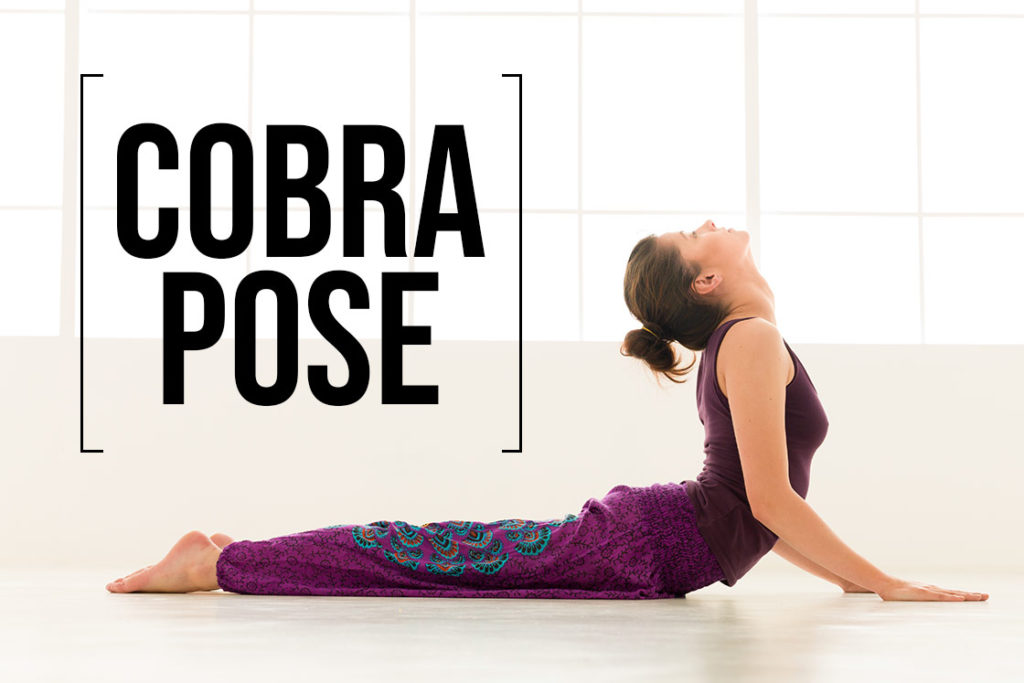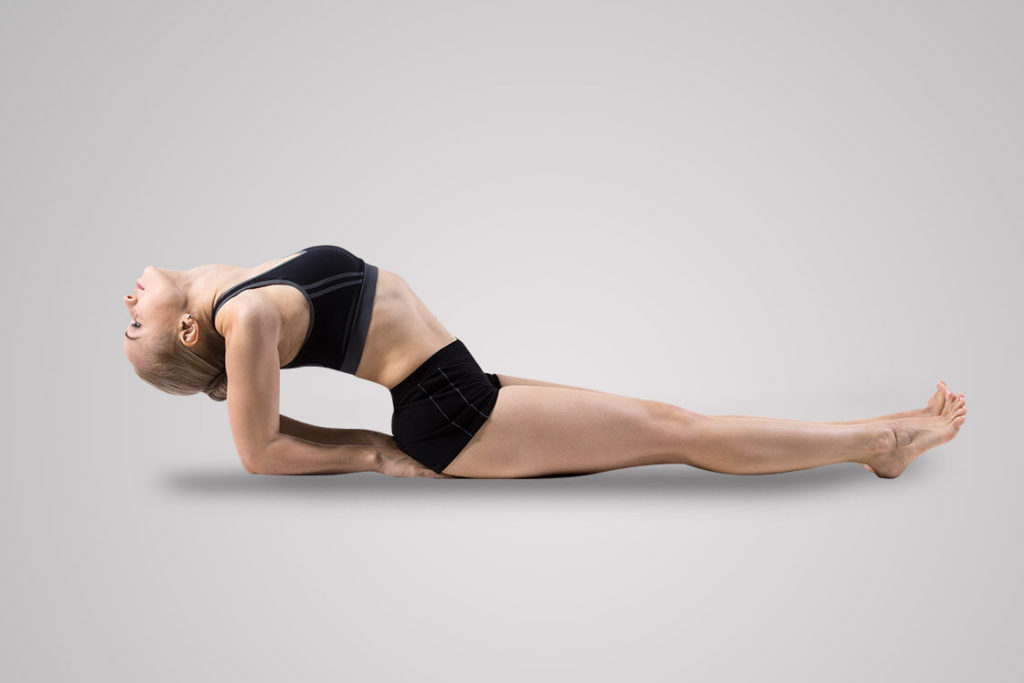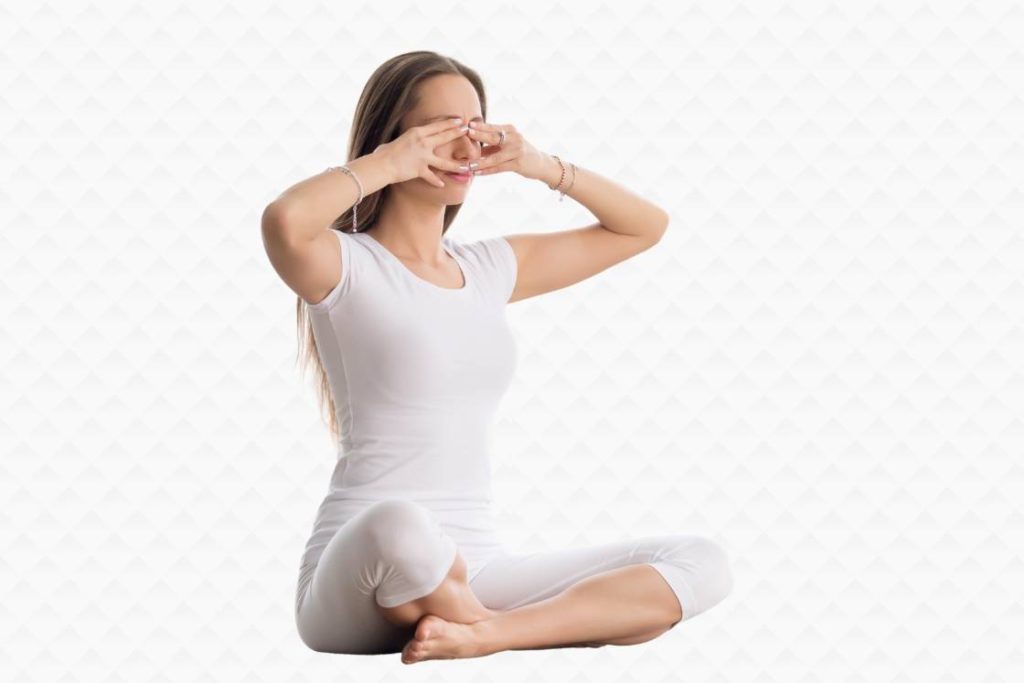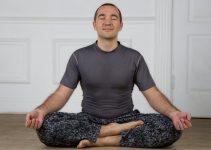- Promotes sleep
- Snoring & OSA
- Yoga’s effectiveness
- How long it takes?
- Exercises for snoring
- Best sleep position

Do you snore a lot? Is it getting embarrassingly loud? Then it’s time to put a lid on it. Stopping your snoring is going to be really easy when you approach it with a plan.
Yoga practices, especially those involving systematic breathing, can stop the muscles in your airways from obstructing the airflow when you sleep. This won’t happen overnight, but with daily practice, your airway muscles will be trained not to interfere, and your snoring will pass.
In the most simple terms, when you sleep the muscles in your airways relax more than they are supposed to. This makes them expand and obstruct the airflow as you sleep, which causes the snoring sound.
Yoga helps you get a sound sleep
The biggest contradiction snoring brings to your life, is how it spoils your sleep. Yoga can help you eliminate your issue of snoring, and establish proper airflow while you sleep.
Yoga has great potential when it comes to encouraging sleep. Yoga can help even the elderly to improve their sleep quality. Studies have shown that long-term yoga practices, including fish pose, cobra pose, Nadi Shodhan pranayama, and Ujjayi Pranayama, improved overall sleep quality.
This uninterrupted airflow will make more oxygen available to your body. Which in turn will boost your metabolism. As a result, your body cells will heal and regenerate better. Naturally, when you wake up you will feel properly rested.
Yoga can stop snoring from being a threat

By now you must have realised that snoring is not just a botheration to people around you, but can be a threat to your health as well.
Your muscles involved in causing your snore can sometimes relax to a point that it stops the airflow completely, a condition known as “obstructive sleep apnea (OSA)“. It’s found in a study yoga practices such as Kechari Mudra, and Sheetali Pranayama might help to improve OSA through stimulating the hypoglossal nerve and improving the strength of genioglossus. These practices exercise your throat muscles to prevent this condition.
Studies have shown that yoga can be an effective and constructive alternative to physiotherapy, in cases of sleep apnea. So far so, that the benefits of yoga in sleep disorders go beyond the scope of measured outcomes. Such studies have found that 3 months of yoga practices involving the nasal, oropharynx, and the facial structures, prove beneficial.
This condition can cause you to choke for a brief moment. Apart from waking up from your sleep, can also trigger cardiovascular difficulties.
Yoga practices will help keep both your airway muscles and cardiovascular muscles well trained, to comply for uninterrupted airflow. You will have a sound sleep and avoid related cardiovascular problems.
How effective is yoga for snoring?

Yoga poses and Pranayama, when combined together will influence both the physiology and the physical activity in your respiratory tracts. Thus, yoga has proved very effective in snoring.
Your airway muscles are only used when you breathe and speak. Now while the speaking part is mostly conscious, the breathing part is managed by your autonomic nervous system; it keeps running on its own. Thus the respiratory muscles can develop muscle memories on their own, without your will.
Sometimes your respiratory muscle can pick up habits that start to pose a risk to your health. In such a case practices like yoga and Pranayama, will systematically put your respiratory muscles through a new range of movements. Which will rewrite the muscle memory and habits into newer and safe ones.
The degree of effectiveness of yoga in snoring, however, will be determined by your dedication and causes triggering your snoring. Snoring can be caused by multiple ranges of factors including, sleep position, swollen tonsils, allergies, alcohol, excessive weight around the neck and jaw, and nose shape. In most cases, yoga will prove very effective.
But say for example your snoring is because of improper sleep position, alcohol, or your nose and jaw shape. Then yoga’s effectiveness will be less. In such cases, you will have to address the root cause such as changing sleep position from sleeping on your back to the side sleeping. Yoga will help you manage the symptom of snoring, but not cure them.
How long will it take for yoga to work?
Yoga ideally takes about 12-16 weeks to show its result in reducing snore. But depending on the cause and the way you address the management, the time may vary. The severity of the condition and your effort level will also play a part.
Now say, for example, alcohol abuse is causing your snoring. In such a scenario, you cannot continue alcohol consumption and expect yoga to give you miraculous results.
The same will apply to excessive weight around your neck. Irrespective of how well yoga trains your muscles, the excess weight will continue to narrow the passage.
However, in most cases, the issue is primarily with the airway muscles. In these cases, yoga can be expected to show results between 12-16 weeks.
Yoga exercises to reduce snoring
Yoga exercises for snoring mainly include some asanas, pranayama, and mudras. Asanas will focus on the functioning of your organs that will perform the action of breathing. Pranayama will be needed to work on the muscles of the passages that facilitate or obstruct breathing. And mudras can strengthen your tongue and throat muscles.
1. The cobra Pose – Bhujangasana

The cobra pose has double benefits for snoring. It firstly stretches your respiratory and cardiovascular system, ensuring efficient air circulation. And secondly, it stretches the spinal cord, which stimulates the autonomic nerves controlling your breathing.
- Lie on your front.
- Bend your elbows, fold your arms, and plant your palms by the sides of your chest.
- Look in front, keep your legs hip length apart and stretch out your toes.
- Press against the floor, roll down your shoulders, straighten your hands and arch up your body.
- Push down the arch on your spine and stretch out your chest.
- Make sure the arch in your spine starts from your hip. And the arch is even throughout your spine.
- Look in front, breathe steadily.
- Hold the pose for 5-7 breaths.
- Repeat the pose 3 times.
When you arch up, use your abdominal muscles to guide your spine. This will help you keep the arch even. Also, keep your shoulders pressed down, do not let your neck sink in your shoulders.
2. Lion’s roar pose – Simhasana

Lion’s roar is a pose, the looks of which might make you cringe, but this is a pose dedicated to vocal, nasal, and respiratory benefits. This pose will intensely stretch the muscles at the back of your throat that causes you to snore. Lion’s roar will eliminate infection and flu-like symptoms in your throat, and deal with tonsil issues. This pose will also benefit your entire respiratory tract and even your eyes.
- Sit in Vajrasana and open your knees outward.
- Lean forward and plant your hands down on the ground.
- Rotate your arm muscles and biceps forward. Your palms should be open with the fingers facing in your direction.
- Look Infront, drop your shoulders down, and press down on the ground with your hand.
- Keep your neck and head free from your shoulders.
- Take a deep breath in.
- Exhale with a mouthful of sound, and opening your mouth wide open, with your tongue coming out, stretched down to touch your chin.
- Concentrate the gaze of both your eyes towards your third eye.
- Hold the pose till you exhale completely.
- Repeat the pose 3-5 times.
Everytime you finish the pose, close your eyes and rest for a few seconds. Also as you exhale, make sure you do not exert unnecessary tension in your shoulders.
3. The Fish pose – Matsyasana

The fish pose much like the cobra pose will open up your chest muscles; giving you respiratory and cardiovascular benefits. And the arching of the spine will help you calm and relax your nerves. The head posture in the fish pose is also beneficial to your nasal tracts and sinuses. It also stimulates the base of your brain, thalamus, hypothalamus, and pituitary gland, which promote sound sleep.
- Sit in a staff pose.
- Touch the sides of your sitting bones with your palm, and place your elbows on the floor.
- Rest your weight on your elbows.
- With an inhale push your chest out and nicely open up your cardiovascular region.
- Keep your shoulder blades pressed together and shoulders pressed down.
- With an exhale gently arch your head back, and touch the ground with your crown.
- Hold the pose for 5-7 breaths and release.
- You either lie down or get back up using your elbows.
Note: Be careful not to strain your neck and head nerves while arching back your head. While holding the pose make sure your entire weight is to be held by your core, spine, and chest muscles. Your elbows and head will just provide support. For head and shoulder stress, post this yoga do some freehand warm-ups for your neck and shoulders.
4. Tongue lock – Khechari Mudra

This mudra exercise strengthens the tongue, facial muscles, and throat. In this exercise, the tongue is rolled to its natural biological position at the roof of the mouth which helps reduce snoring and severity of obstructive sleep apnea.
Place the tip of your tongue against the back of your top front teeth. Slowly slide your tongue backward with the tip moving along the roof of your mouth. Repeat 5-10 times. It’s called Nabho mudra, a preparatory exercise for khechari mudra.
5. Bhramari Pranayama – Bee Breathing

Your snoring is essentially a vibration in your respiratory tracts. Bhramari Pranayama, or the humming bee breathing, is also a vibration created at the center of your ENT region. Think of this as a conscious vibration to eradicate an unconscious vibration. The Bhramari Pranayama with its vibration impacts the physiology of all constructs in your ENT region, including the muscles causing snoring.
- Sit in an easy pose (sukhasana) or any comfortable cross-legged position.
- Close your eyes and all your senses inward with the shanmukhi mudra.
- The shanmukhi mudra will have you use both your hands, with your little fingers being placed below your lower lip, your ring fingers over your upper lip, your middle fingers over your nose bridge, your index fingers over your closed eyes, and thumbs in your ear hole.
- Now breathe in and then exhale making a humming bee like vibration at the back part of your mouth roof.
- Put your nasal involvement in the vibration, and keep it contained.
- Prolong the vibration only as long as you exhale.
- Repeat the exercise 10 times.
Do not press hard with your fingers. Apply a gentle pressure just to feel all your senses closing inwards. Also, try distributing the vibration to all your senses.
6. Nadi Shodhan Pranayama – Alternate nostril breathing

Nadi Shodhan Pranayama is the breathing practice to clear your respiratory tracts. This practice will involve the snore causing muscles to be active in a stable motion. A practice that can be helpful in developing healthy muscle memory, for when you sleep. The Nadi Shodhan will also cleanse the tract of infections and allergens, which can also cause you to snore.
- Sit in an easy pose, or any comfortable cross-legged position.
- Place your left hand on your left knee.
- Use the index finger on your right hand to press and block your left nostril.
- Inhale with your right nostril and then close your right nostril with your right thumb.
- Exhale with your left nostril. Once again inhale with your left nostril and close your left nostril with your right index finger.
- Exhale with your right nostril. This will complete one round of Nadi Shodhan.
- Practice 10 rounds
While breathing do not go for deep breathing. It will tire your muscles and prevent you from doing more rounds. In Nadi Shodhan the repetition is more important than the volume.
7. Ujjayi Pranayama – Ocean breathing

The ujjayi Pranayama would appear, perfectly designed for someone who is suffering from snoring. This Pranayama needs you to inhale by contracting your throat muscles. These high intensity contractions of your throat muscles will teach them not to over-relax when you sleep. This Pranayama will also give your respiratory systems a practice in restricted breathing, which will increase your lung capacity.
- Sit in an easy pose or any comfortable cross-legged legged position.
- This is how you start all Pranayama exercises.
- Keep your spine erect
- Inhale by contracting your throat muscles.
- Inhale deep, and the contraction of throat muscles should make a choking sound.
- Look down, as your chin touches your chest, and hold your breath for about 30 seconds.
- Then look in front, block your right nostril and exhale through your left nostril.
- Repeat this 5 times.
Ujjayi Pranayama is also very good for regulating your thyroid, tonsils and throat infection. This exercise will also give you better control over your throat muscles.
A sleep position to reduce snoring
Your sleep position has an immense effect on your breathing, sleep quality and snoring. Unfortunately, we pay very little attention to it in our busy lives.
According to Ayurvedic practices, the perfect sleeping position involves you sleeping on your sides, as opposed to on your back like in Savasana.
Lie on your side, with your head slightly elevated on a medium size pillow. Which is your head should be in line with your spine. This position will hold all your respiratory muscles, and even abdominal organs, in their ideal sleeping position.




